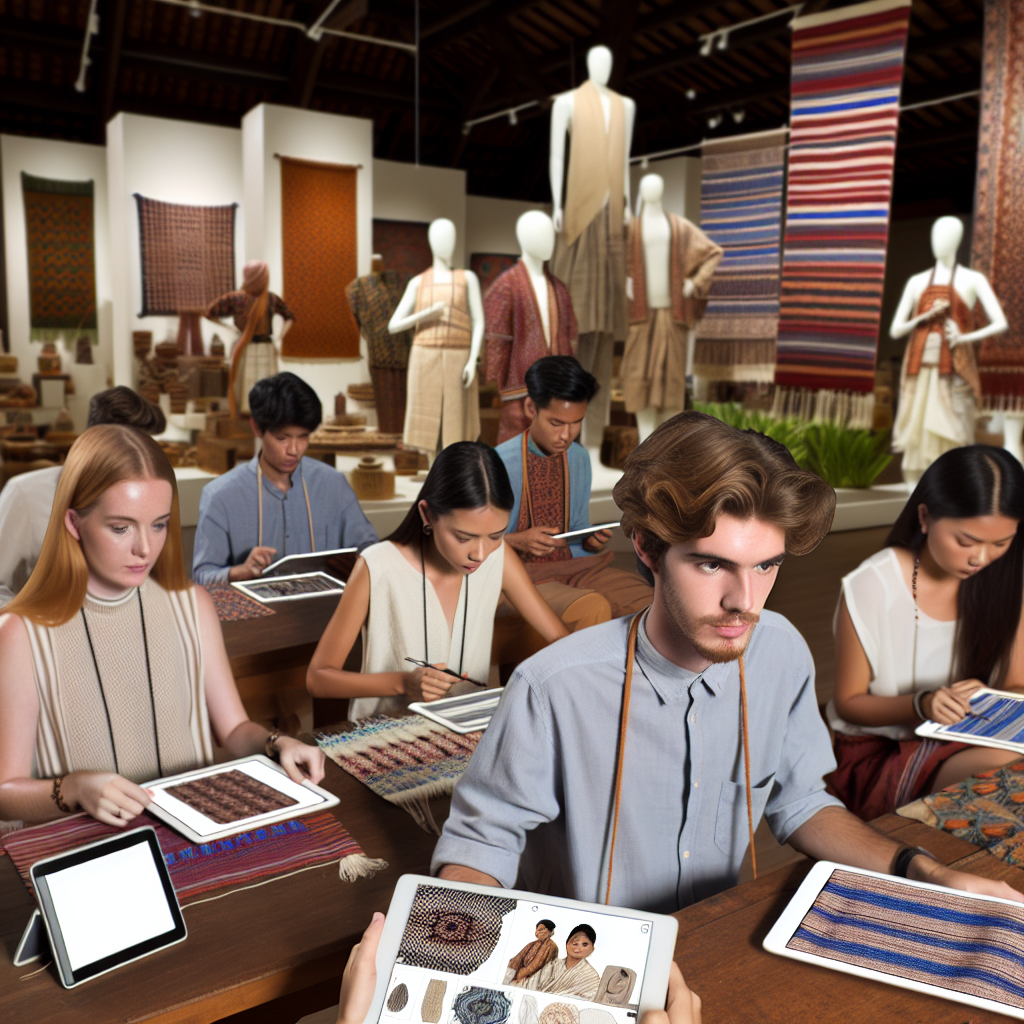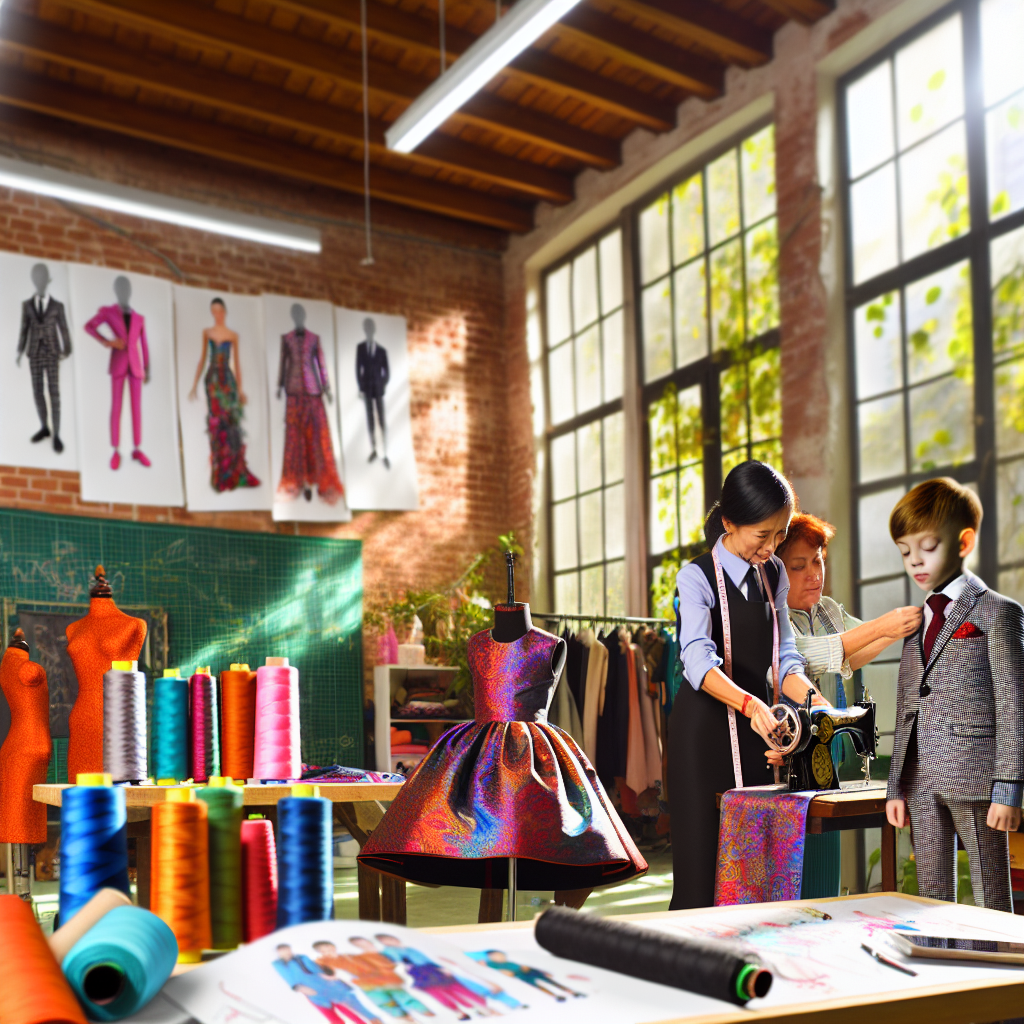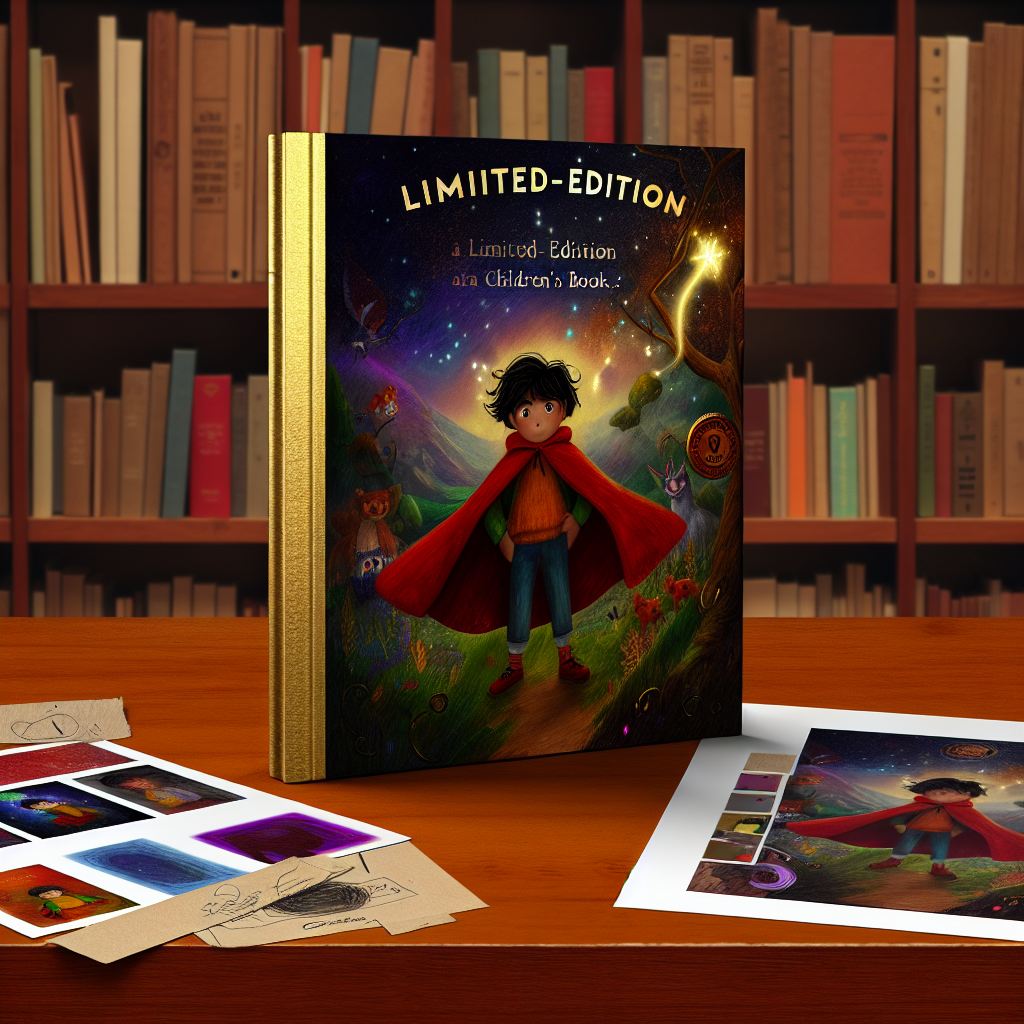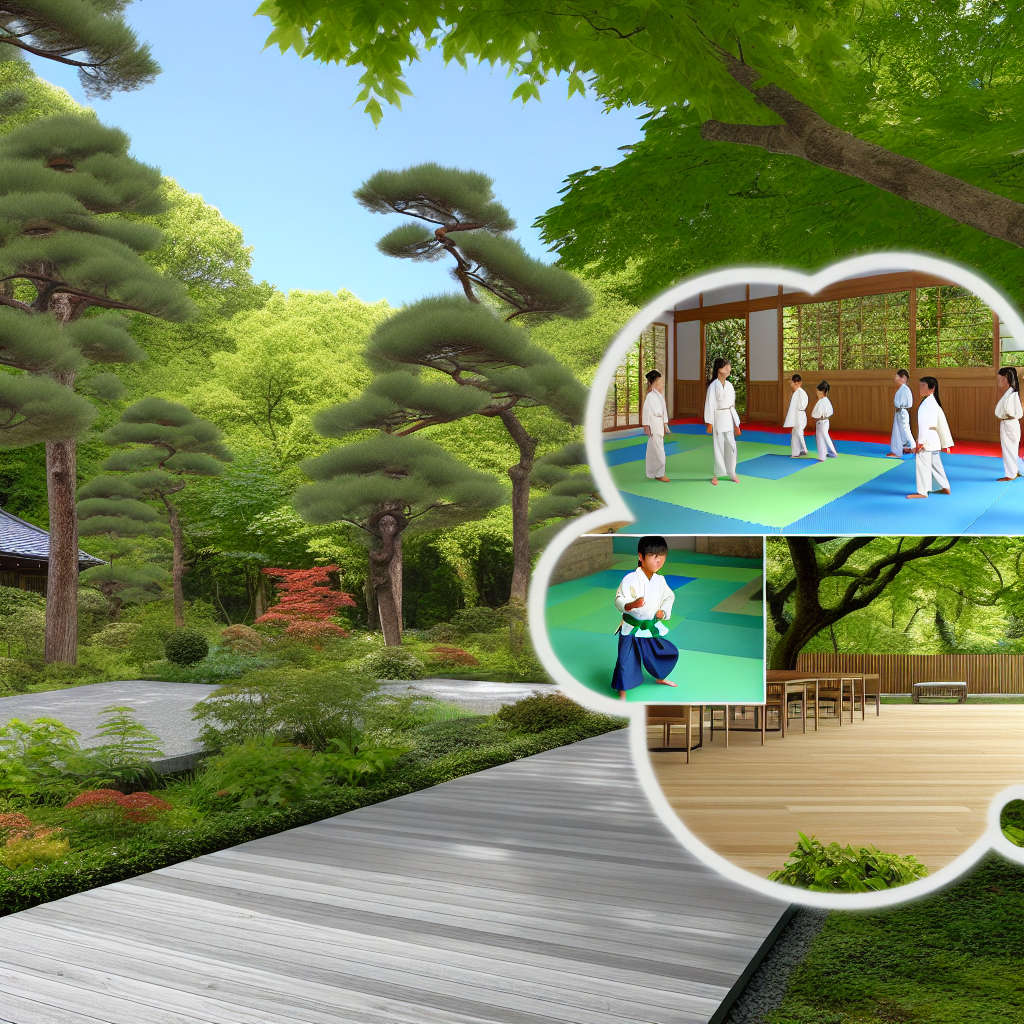Heritage Textile Arts for Digital Natives: Luxury Handcraft Programs Balancing Screen Time
Rediscovering Craft in a Digital Childhood
In the 21st century, today’s children—often called digital natives—are raised in a tech-saturated environment, where tablets, educational apps, and smart devices become ubiquitous from toddlerhood. While access to technology is undeniably valuable in developing skills and digital literacy, a mounting body of research has raised concerns about excessive screen time. For parents of means—those attuned to innovation as well as tradition—the challenge becomes not about rejecting technology, but cultivating a holistic upbringing that also honors tactile, human-centered experience.
Enter the rise of luxury handcraft and heritage arts programs designed specifically for children. These experiences anchor children in history, culture, and creativity—offering a tangible contrast to a world increasingly dominated by digital interfaces. Textile arts, particularly, have emerged as a refined, calming, and character-enhancing pursuit for young learners. From traditional weaving and embroidery to couture garment design workshops, these programs offer far more than just a break from the screen.
Modern textile education for youth blends craftsmanship with cultural literacy, fostering mindfulness, fashion creativity, and even engineering thinking through tactile precision. Moreover, when these programs are delivered with a luxury mindset—featuring private instruction, bespoke tools, and cross-cultural expertise—they provide not only an elite extracurricular but a legacy of refined taste and heritage appreciation that carries forward through generations.
For affluent parents who prioritize upbringing with purpose, wellness, and future-readiness, engaging children in curated textile arts is more than nostalgia. It’s a strategic investment in their sensory intelligence, discipline, and screen-life balance. This is particularly urgent in today’s hyper-visual era, where creativity risks being confined to screens with limited physical engagement. Heritage textile arts serve as both a counterbalance and a complement: illuminating memory, fineness, and patience in a world often defined by speed.
In this article, we delve into the growing trend of luxury textile programs for young digital natives, explore the emerging research behind hands-on creativity, and share the top-tier experiences reshaping how creative childhood is understood by the modern parent of privilege.
Threading Knowledge: The Neuroscience and Psychology Behind Tactile Creativity
Numerous pediatric and psychological studies underscore the cognitive and emotional benefits of hands-on, creative tasks such as textile arts for children.
One of the most compelling findings is linked to memory and neural development. According to a 2019 study in Frontiers in Psychology, engaging in tactile, manual activities such as knitting, weaving, and sewing boosts connectivity between multiple areas of the brain—notably the sensorimotor cortex, prefrontal cortex, and hippocampus. These areas influence planning, focus, memory, and emotional regulation. For children, whose developing brains are extraordinarily sensitive to multisensory input, this translates to lasting cognitive enhancements.
Additionally, textile arts promote fine motor coordination and spatial awareness. A 2021 report from the American Occupational Therapy Association points out that traditional handcrafts are highly effective in refining fine motor skills often underdeveloped due to screen-centric lifestyles. These tasks demand precision, hand-eye coordination, and sustained attention—skills that transfer into improved writing ability, design, and even logical sequencing in STEM fields such as robotics and coding.
In emotional development and behavioral regulation, heritage arts also play a crucial role. Therapeutic studies have shown that textile arts serve as a form of mindfulness, similar to meditation. Engaging in repetitive hand-motion tasks such as stitching decreases cortisol levels and induces a calm, focused mental state in children. This grounding can be especially valuable for children experiencing sensory overload from constant connectivity.
Learn more in the study published in Qualitative Health Research.
Moreover, textile practices connect children to historical, cultural, and familial stories. Oxford University researchers found that embedding cultural history into creative education strengthens a child’s sense of identity and empathy. Whether it’s Japanese Sashiko embroidery or European lace-making traditions, such exposure fosters a refined global perspective.
Curated luxury textile programs, often produced in collaboration with artisans, designers, and heritage institutions, go far beyond recreational crafting. They are immersive, holistic experiences that combine aesthetic refinement with emotional and cognitive intelligence.
Luxury Threads, Lasting Legacy: Textile Arts as Elite Education
Today’s most celebrated handcraft programs for children are being elevated into elite educational offerings. From Parisian ateliers offering child-sized couture intensives to heritage retreats where artisans share generational weaving techniques in biodiverse landscapes, these programs provide rare value.
These handcraft experiences include:
– Private embroidery classes blending Japanese Sashiko and French broderie traditions
– Natural dyeing and loom weaving with organic, globally sourced fibers
– Fashion and design intensives where children sketch and tailor garments using bespoke mannequins and luxury materials
– Textile storytelling programs linking family memory-sharing with ancestral artisan techniques
These sessions aren’t simply creative outlets—they are sacred encounters between identity, environment, and hands-on accomplishment. They promote a language of patience, expression, and heritage literacy—values often neglected in modern tech-driven upbringings.
As these programs become increasingly accessible through partnerships with museums, fashion houses, and upscale educational consultancies, they are positioned not just as enrichment, but foundational education for elite 21st-century childhood.
Conclusion: Stitching Balance into Modern Upbringing
In our digital age, where cognitive development can be heavily screen-mediated, introducing children to heritage textile arts offers an ideal counterbalance. These experiences ignite tactile joy, instill a refined cultural lens, and affirm a child’s connection to their roots and personal creativity.
For affluent families seeking meaning over mere modernity, luxury handcraft programs are proving to be invaluable tools. Carefully tailored, these offerings promote holistic development—while teaching children to move slowly, think deeply, and create with care. Every stitch becomes a story. Every pattern a meditation. Every thread a connection—between generations, between cultures, and between screen-bound minds and sensory-rich living.
References
- Frontiers in Psychology: “The Cognitive Benefits of Knitting and Craft”
- American Occupational Therapy Association: “Crafts and Childhood Development”
- SAGE Journals: “Knitting and Mindfulness in Children”
- University of Oxford: “The Role of Art and Culture in Child Development”

Dominic E. is a passionate filmmaker navigating the exciting intersection of art and science. By day, he delves into the complexities of the human body as a full-time medical writer, meticulously translating intricate medical concepts into accessible and engaging narratives. By night, he explores the boundless realm of cinematic storytelling, crafting narratives that evoke emotion and challenge perspectives. Film Student and Full-time Medical Writer for ContentVendor.com




